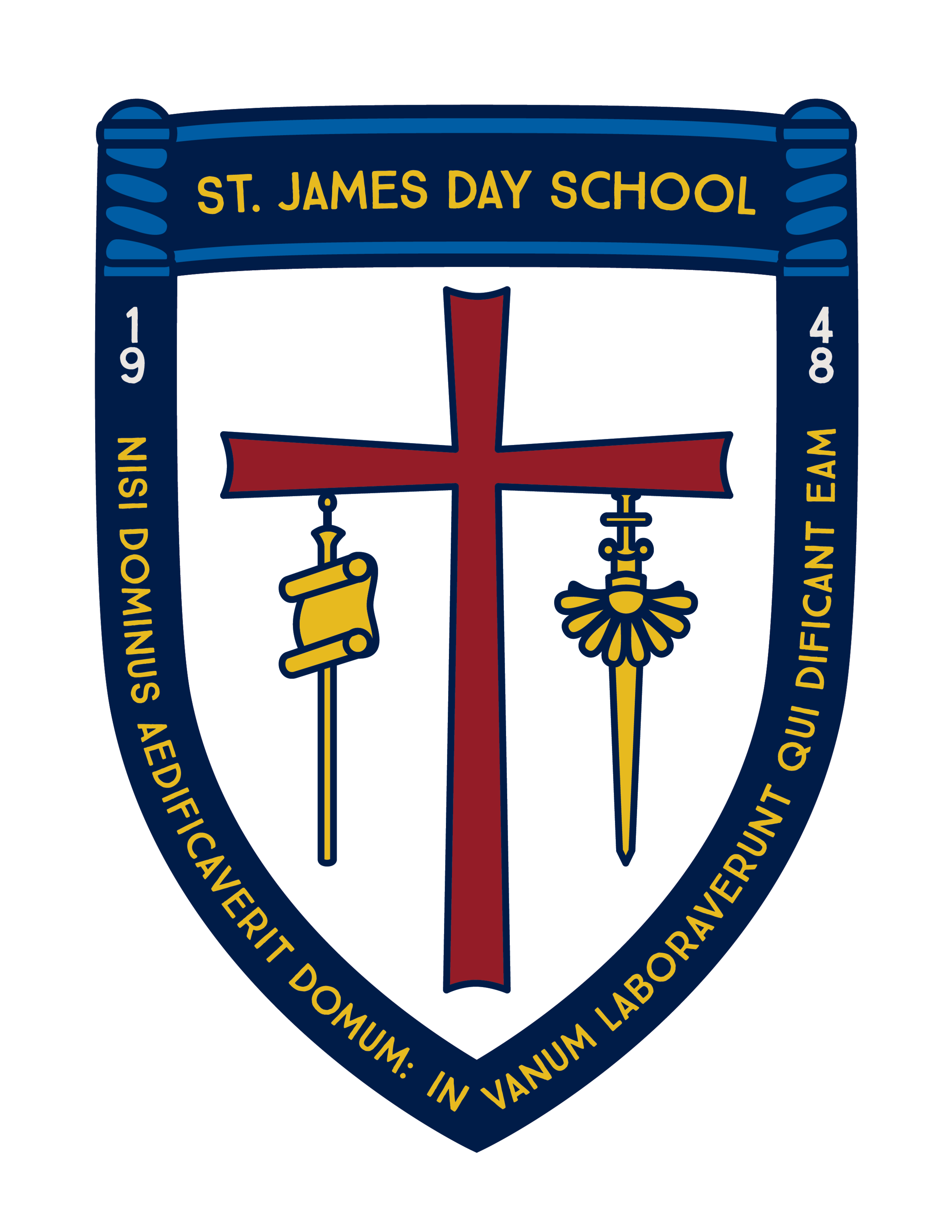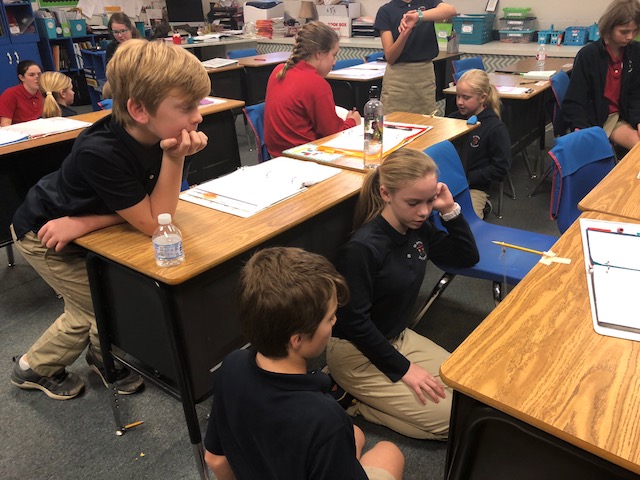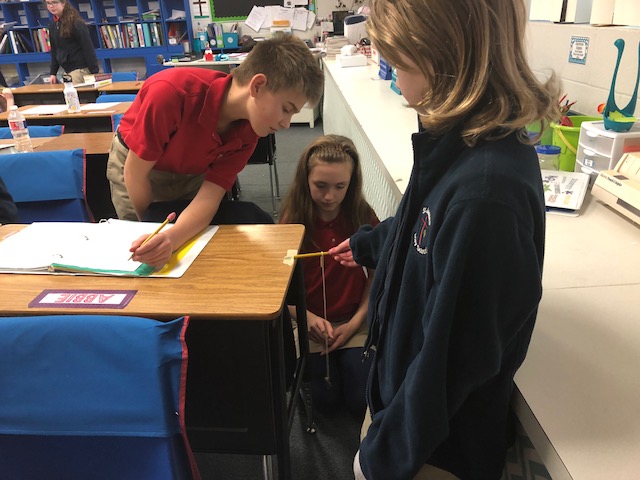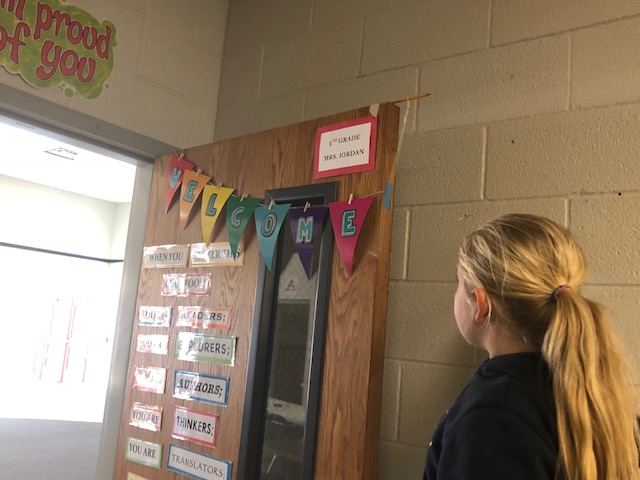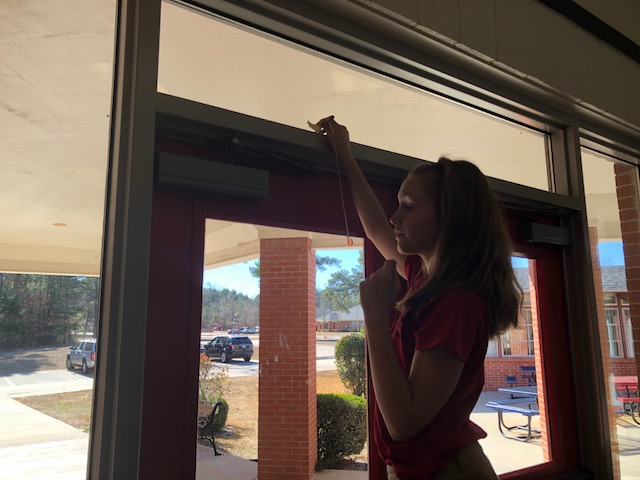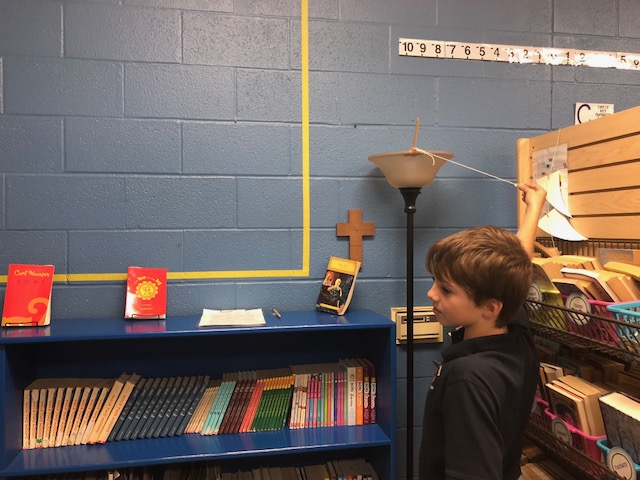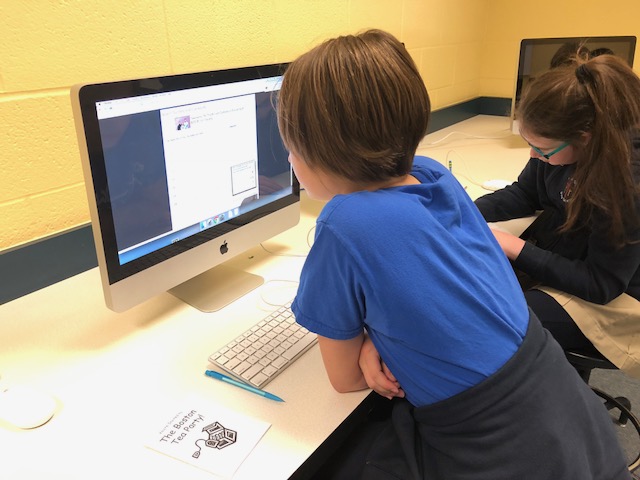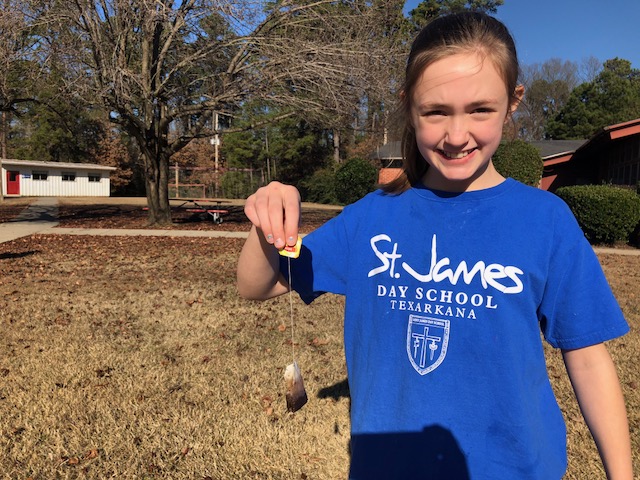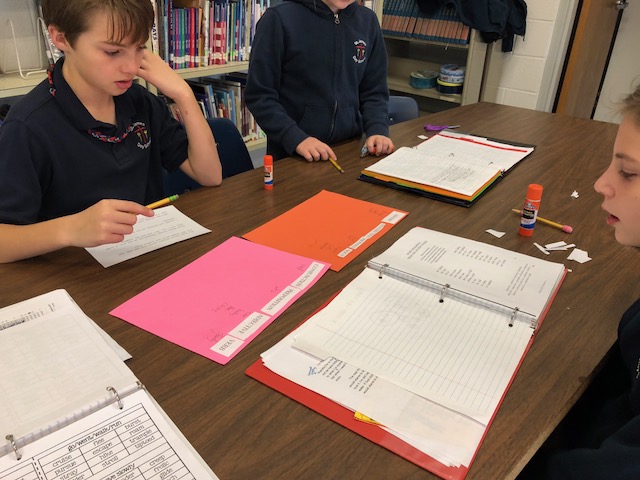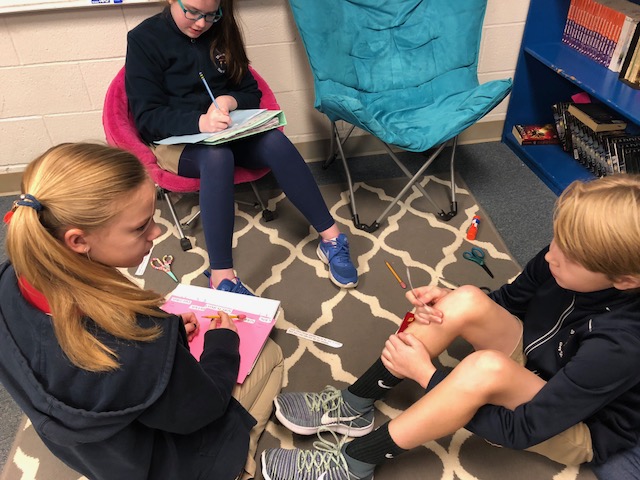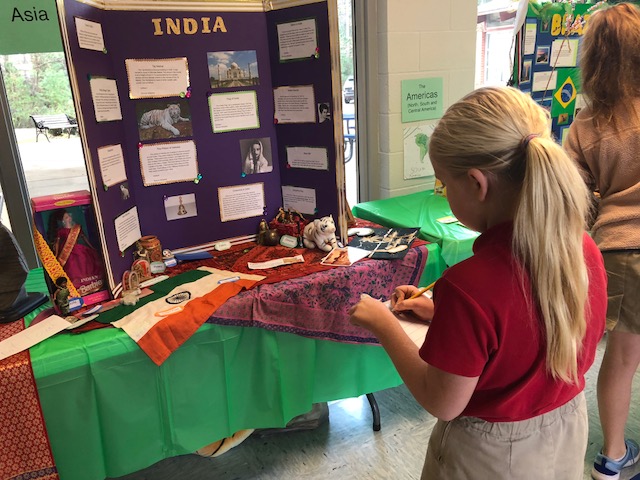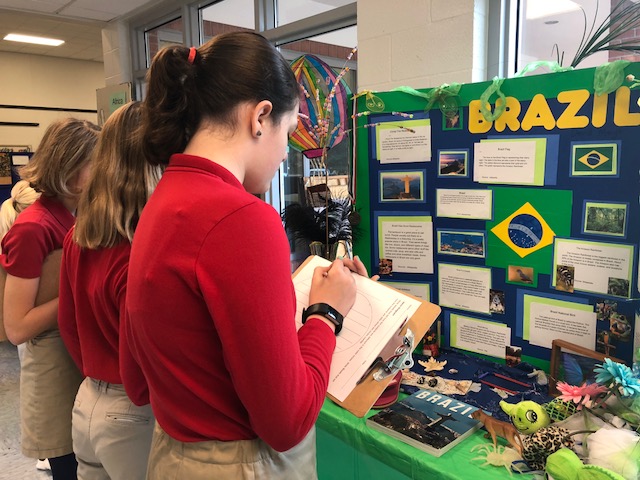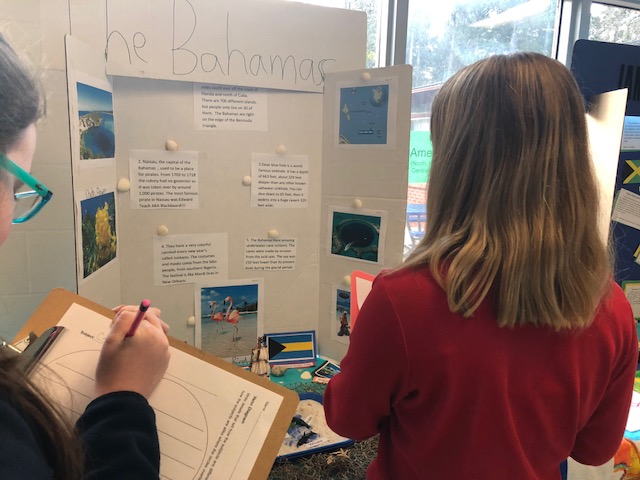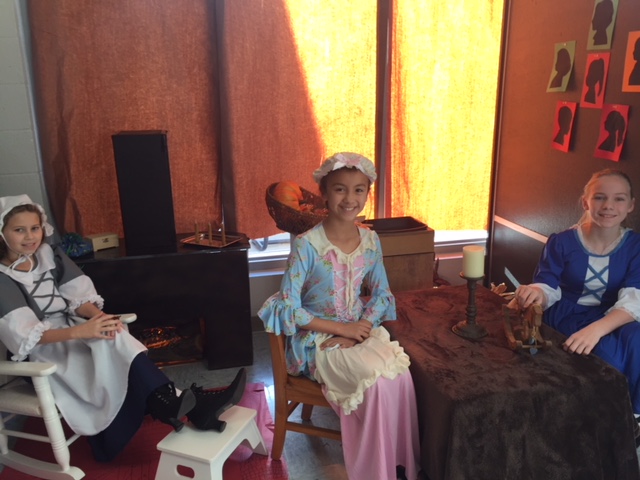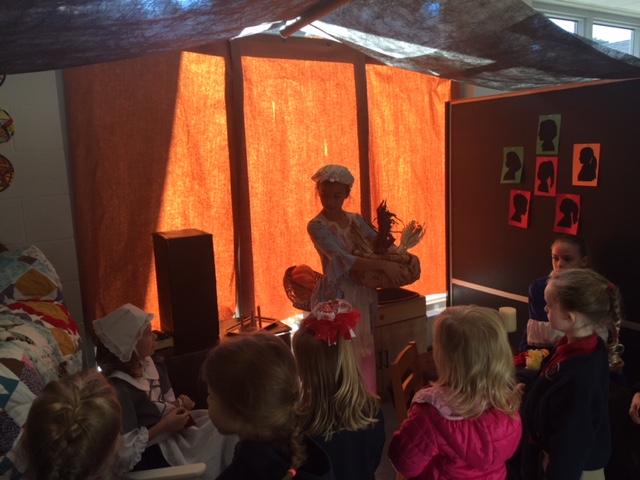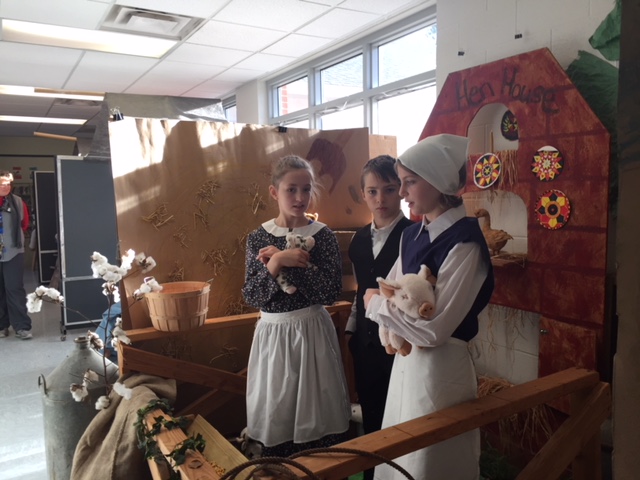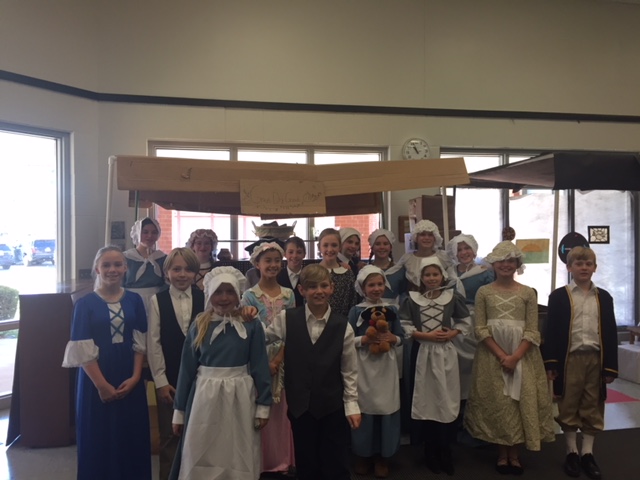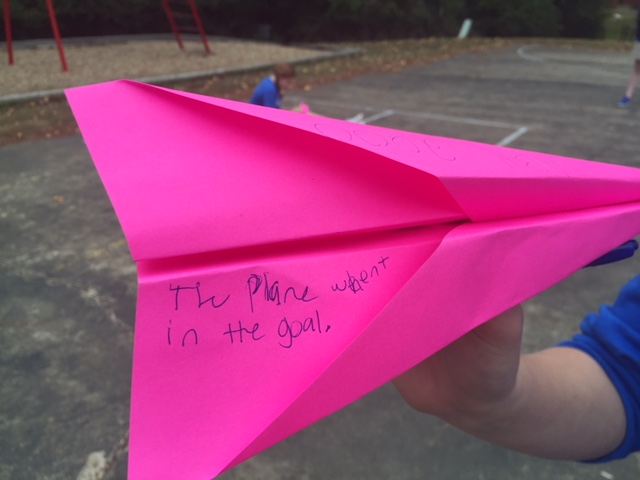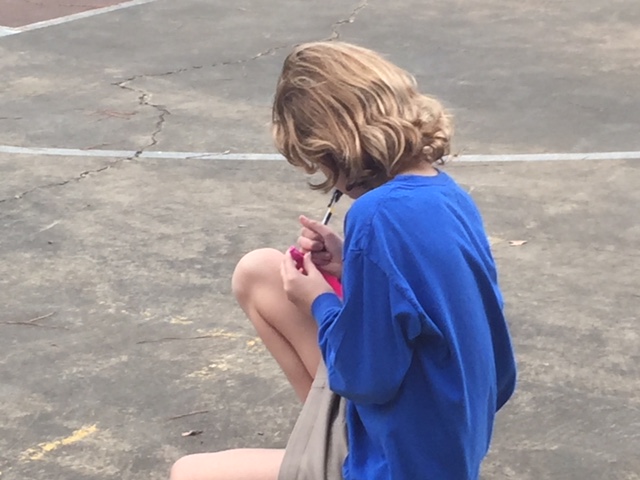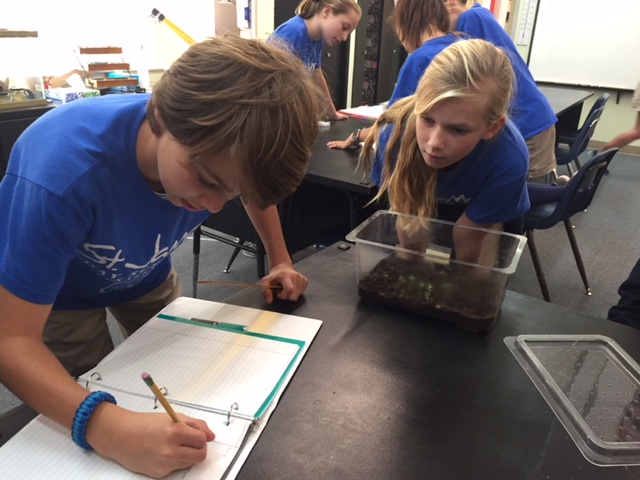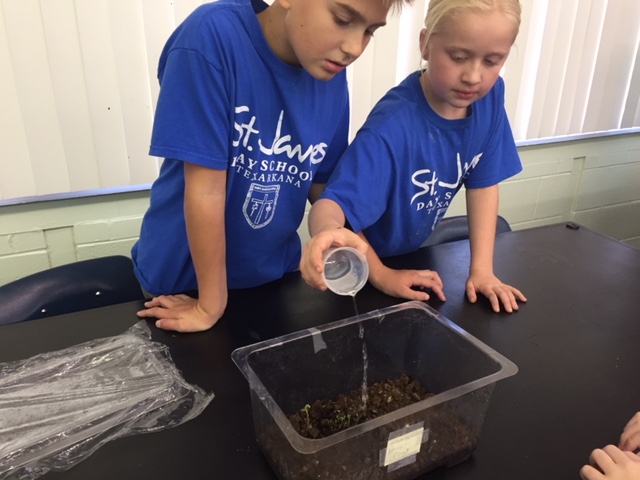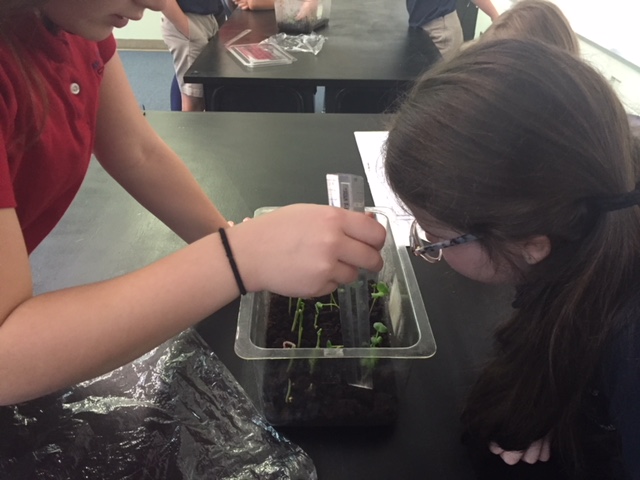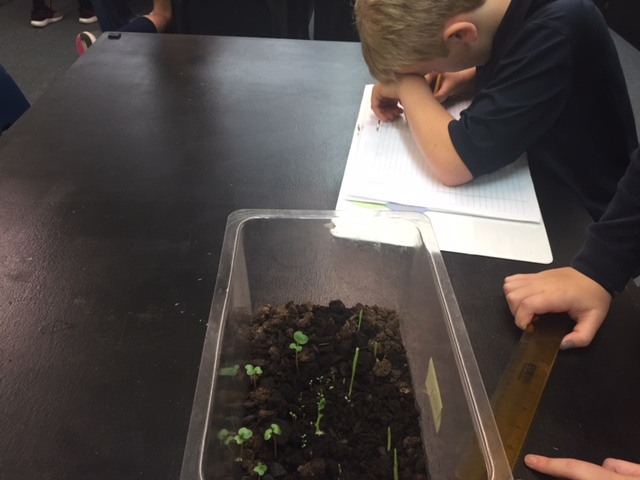Fifth graders are preparing Science Fair projects that will be displayed in February. Along with planning, organizing, and engaging in all elements of the scientific method, an important aspectsof this project involves testing a variable. Students must conduct controlled experiments and change only one variable at a time so that they can accurately understand and record the effects their variable has on their experiment. To practice working with variables, we are doing several experiments in the classroom. This week's experiment involves hanging a pendulum (a simple string with a paper clip tied to one end and a penny as the weight) and recording the number of cycles the pendulum swings in 15 seconds. Lab groups all began testing the release of position of the pendulum. All other variables remained constant. Groups then proceeded to test the number of cycles in 15 seconds by changing only the height from which the pendulum hung. Finally, they added more mass to the pendulum and recorded those cycles while keeping the height and release of position the same. This is an interactive way to test variables and think about how one factor affects the outcome of an experiment. Plus, who doesn't like to get on chairs and find the highest possible surface from which to test!
Fifth grade is resuming its routines after the holidays. We are back in the swing of things with our lessons, and in our room, that includes varied learning modules throughout our day. Focus and listening are critical components to learning; however, sitting a desk for more than an hour does not cement understanding and retention for my students. They learn so much more by interacting with our material in different ways. We read in our history textbooks about the Boston Massacre, but then we applied that knowledge to writing a newspaper article and giving multiple perspectives about the event. We learned about the Boston Tea Party by performing a webquest to write invitations to our own "tea party", which culminated in drinking hot tea and then dumping our tea bags a la the Sons of Liberty (however, we kindly used the garbage cans).
To practice writing in the text structure of comparison and contrast, we took a gallery walk of the 4th grade's International Fair projects, choosing two countries to compare and contrast their features. Again, moving about while studying activates different parts of our brains, allowing us to make deeper connections.
Fifth graders also learn by interacting with each other. To review parts of speech this week, students met in groups to sort sentences and break down the words into the eight parts of speech. This exercise required collaboration to understand the function of the words in the sentences and then agreeing with one another on the part of speech each word represented. We completed a whole class review of the sort and learned that some of us need to study conjunctions, pronouns, and adverbs. This led us to try a different method of review--playing some grammar games in the computer lab. Regardless of the concept, we work to meet all learning styles in fifth grade!
Our third annual Colonial Living History project on Friday, December 8 was a great success. This project is our most interactive one of the fifth grade year, as it incorporates learning goals from several subjects. Students begin their project with close reading passages about the thirteen colonies divided by region (New England, Middle, and Southern colonies). These passages enable students to engage deeply with the topics by reading the information twice, then paraphrasing it, and finally analyzing it. Students are then assigned to one of the three regions to delve further and actually become colonists for four weeks. During this time period, each group chooses a colony to represent, researches specific subtopics of daily colonial life, and then designs and builds two rooms to showcase a colonial business and home. Students also decide who will "work" which room, giving themselves names and roles within a family. These activities strengthen not only research and note taking abilities, but also cooperative learning skills because the students must work with each other to share their roles equally. We then add cross-curricular lessons into the project-- a historically accurate journal entry from the perspective of each colonist (Language Arts), small corn, barley, radish, and pea plants grown from seed (Science), the study of physical changes in matter through colonial butter-making and candle-making (more Science), and practice in simplifying fractions through colonial quilt squares (Math). With the guidance of the wonderfully creative Ms. Denise, students must then build their own rooms. We use items all over the campus, borrowing rolling boards, tables, play kitchen cupboards, as well as cardboard and insulation pieces, to make realistic looking hearths and living spaces. Our businesses this year were a farm (Maryland), blacksmith shop (Pennsylvania), and dry goods store (Rhode Island). Students prepared short speeches to explain their family roles, and finally, on December 8, they honed their public speaking skills by presenting to their families and the other classes. These four weeks of mental and physical labor resulted in eighteen excited students who invested so much of themselves in this project. I hope that they will always remember this time because they were so actively engaged-- the best way to learn!
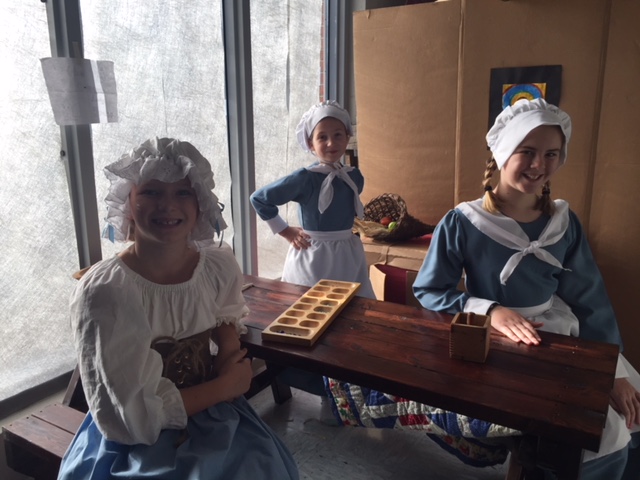
Although I truly love teaching grammar as a language nerd, it is a dry subject that sometimes goes over students' heads. To attract more interest and more importantly, retain concepts, I found a neat preposition lesson from the blog Teaching in Room 6. To grasp how prepositions are used in prepositional phrases as dependent clauses, students created paper airplanes, flew them outside, and then wrote where their planes landed-- in, on, above, under, beside, along, etc.-- Success! All of these prepositions flying around in our heads finally make sense when we tie them to a physical activity! Fifth graders immediately understood how to form a prepositional phrase once they let their planes go. These planes jetted all over the basketball court, as you may notice in the attached photos. After collecting 8-10 phrases, the students wrote a poem beginning with their phrases and ending with a simple independent clause. I challenged students to use verbs other than "flew", and some chose beautiful ones like "glided" and "soared." What a great way to teach the concept of prepositions and their functions; there is nothing like getting outside and using our physical muscles to strength our brains!
Fifth grade has begun a new FOSS Science unit, Environments, in which we study organisms in their environments, including adaptation in their environments. Last week, we planted 5 types of seeds--corn, pea, barley, radish, and clover-- in small rectangular terrariums for our first investigation. Students also created a terrarium map to identify their seeds properly. After discussing the environmental factors of temperature, sunlight, and water, lab groups determined an amount of water for their seeds and a location with adequate light inside a hallway with a well-regulated temperatures. Three days after planting, we were excited to discover sprouts! The lab groups then recorded their data of which seeds had grown, and how much. Every other day, we are checking on our terrariums, only to find new growth. This has brought an element of surprise into our afternoons-- how much have our plants grown, and have any not grown? Students are using their math measuring skills as they learn how much the plants have grown. The only variable that students have changed is the amount of water. At the end of this investigation, students will compare their results and graph them to see whether the amount of water affected growth. We will then add isopods and beetles to our terrariums and investigate how these animal organisms fare among the plants. An added bonus-- we will use these plants as "crops" for our Colonial Living History Project in December.
